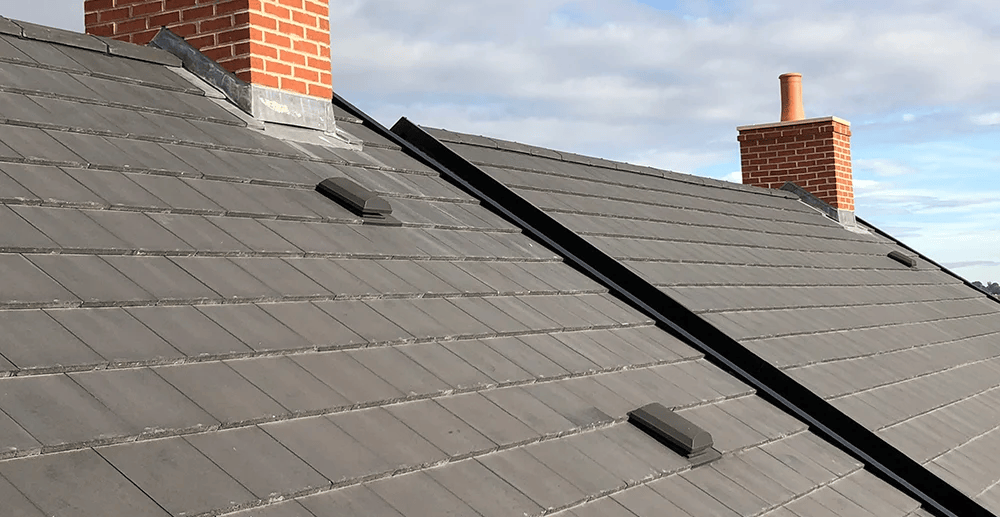The recent cold weather has made condensation issues in the home, particularly in the roof space, more obvious. This article explains why there is condensation in the roof space and what can be done about it.
Moisture that is generated in the home can manifest in two ways. Visible condensation/moisture can be seen, for example, on the inside of a bathroom window. Invisible interstitial condensation occurs in the fabric of the building, the result of which can sometimes be seen as black mould.
Condensation moisture should not be confused with a leak or water ingress that is often distinguished by tide lines or effervescent salt-like stains.
What is condensation?
Water and air are closely connected and constantly interact with each other, the level of water in the air is constantly changing depending on temperature and atmospheric conditions. A puddle can dry or evaporate, this warm moist air will rise, and then cool high in the sky where it turns into a cloud which ultimately falls back down as rain. All warm moist air will always try to escape to the atmosphere.
In the home a pan of water can be boiled dry but this does not mean the water disappeared. By heating the water it atomised into tiny molecules of moisture (the steam that rises from the pan) and moved into the atmosphere. The warm moist air rises, and when it cools it turns back into water, for example when it contacts the cold surface of the bathroom window or on the outside of a cold tin from the fridge.
These molecules of moisture are very small and can easily travel through brick, plasterboard and wood (which gets wet) but cannot travel through dense products like metal, glass and plastics.
Causes of moisture in the home
Warm moist air can be generated in the home in many ways such as boiling the kettle, cooking dinner, showering, drying clothes and surprisingly even when we breathe. Therefore, the more people in the home, the more moisture is generated. Often this moist air can also contain bacteria, such as in a sneeze or cooked food.
Simple temperature changes can also generate moisture, such as from an uncovered water tank in the loft. This example is seen when a lake or open water can ‘steam’ on a very cold day because the water is warmer than the air.
Why does the home have condensation?
This warm moist air rises and is naturally attracted to any of the cold areas of the building through convection. For example, more condensation is often seen on northern or more shaded walls, but can also be seen behind a wardrobe in cold corners that are not heated.
Moisture in a room can travel through a wall when trying to escape to the atmosphere. As this happens it can cool inside the brick and turn back into water, which can sometimes make the wall damp, this is called interstitial condensation. The bacteria in this moisture can cause the black mould.
More commonly, moisture is visible at a thermal bridge – a section or area where there is no insulation – for example at the lower corners of the roof space or at the eaves over the wall plate, often the upper corner on the outside wall of a bedroom. This ‘thermal bridge’ often attracts the most moisture travelling up through the home and can encourage black mould growth.
Why is condensation in the roof space?
There are many ways that moisture can enter the roof space. In older properties there is often an old wooden loft hatch outside the bathroom door. When the bathroom door is left open after a shower, this moist air can get ‘sucked’ into the loft space.
Other openings such as recessed light fittings and brick cavities that are open at the top when a wall is drying in the sun, are in effect small moisture chimneys. Uncovered cold water tanks generate moisture.
Alternatively, moisture can also pass through the plasterboard ceiling and into the roof space, especially when there is insufficient insulation.


